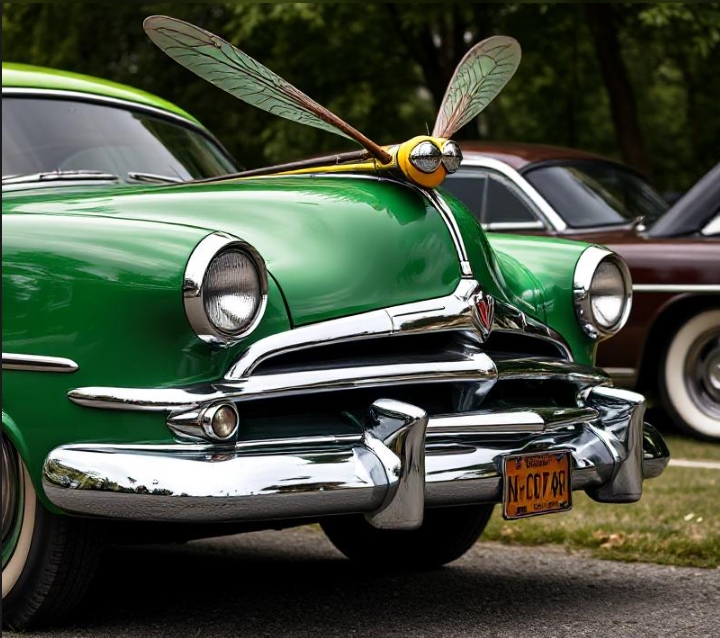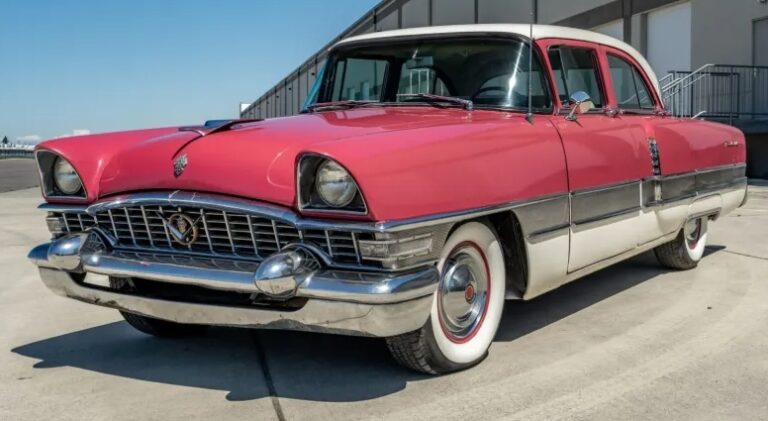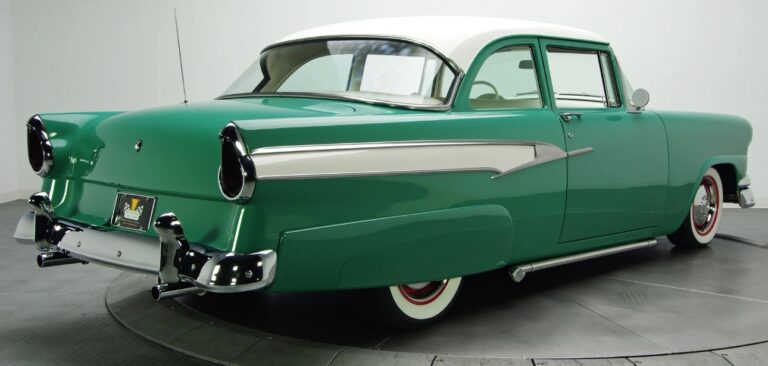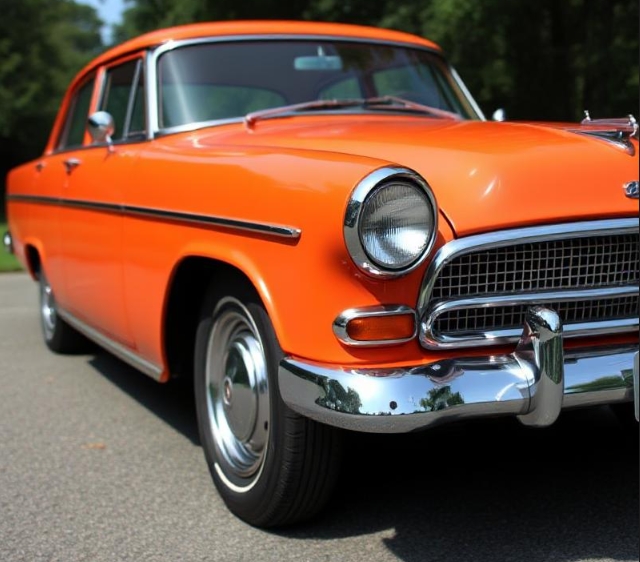The Evolution of the Hudson Hornet: A Classic American Automotive Legacy
The Hudson Hornet is a remarkable chapter in automotive history, symbolizing innovation, performance, and style during its production years from 1951 to 1954. With its origins rooted in the 1940s and as a flagship vehicle of Hudson Motor Car Company, the Hornet became an iconic representation of American muscle and design. This article explores the evolution of the Hudson Hornet, detailing its production years, models, trims, and the innovations that helped define it.
1. The Birth of the Hudson Hornet (1949-1950)
Though the Hudson Hornet was officially launched in 1951, its roots can be traced back to pre-war designs and racing heritage. The Hudson Motor Car Company, founded in 1909, had garnered a reputation for producing innovative and high-quality cars. However, it was not until 1949 that Hudson introduced a new design philosophy that would pave the way for the Hornet.
The concept of the Hudson Hornet emerged amid a post-war boom in the automotive industry, spurred by returning soldiers and the growing desire for freedom and mobility. The 1949 Hudsons showcased a bold and streamlined design, with an emphasis on aerodynamics. While the Hornet moniker wasn’t officially adopted until 1951, the foundations for the iconic model had been laid.
2. Introduction of the Hudson Hornet (1951)
The Hudson Hornet made its debut in the 1951 model year, quickly establishing itself as a performance powerhouse and a favorite among automotive enthusiasts. The Hornet came with a 308 cubic inch (5.0 L) “Hornet 6” inline-six engine, producing 145 horsepower, a remarkable achievement for its time. The introduction of the step-down design, which lowered the car’s body between the axles for better stability and handling, further enhanced its appeal.
Trim Levels:
- Hornet
- Hornet Custom
The Hornet featured an array of interior and exterior options, appealing to various customer preferences. The cars were well-equipped with standard features such as a three-speed manual transmission, an optional overdrive for improved fuel efficiency, a radio, and a heater.
3. The 1952 Milwaukee Hornet (1952)
In 1952, the Hudson Hornet continued to build on its reputation as a performance vehicle. Hudson launched special models featuring enhanced luxurious amenities. This year, the Hornet competed fiercely against rivals like the Chevrolet and Ford.
Models and Trim Levels:
- Hornet
- Hornet Custom
- Hornet Special
The Hudson Six engine saw improvements, producing 160 horsepower. The remarkable racing pedigree of Hudson Hornets became apparent, with the car dominating NASCAR events, maintaining a significant presence in the racing world.
4. The 1953 Eyewitness Hornet (1953)
The 1953 model year was significant for the Hudson Hornet as it embraced more styling changes and mechanical upgrades. A larger, more aggressive grille and revised rear styling were introduced, making the Hornet even more attractive to consumers.
Models and Trim Levels:
- Hornet
- Hornet Custom
- Hornet Super
This year saw production numbers soar as the Hudson Hornet became a household name, with a volume that made it one of the best-selling vehicles in its class. Its racing credentials were further emphasized, as Hudson Hornets captured numerous races and championships, solidifying their status on the track.
.
MANY auto lovers not only spend time in their garages to tinker on their autos, but have other projects going on in there as well. Wood working is a popular pastime for the creative type of individual. Not sure what to make next? Or thinking about getting into this kind of hobby? There’s lots of possibilities… Here’s some of them…

.
5. The 1954 Hudson Hornet (1954)
The 1954 model year marked the final production year for the original Hudson Hornet. Although the design stayed relatively consistent, the model received some minor updates, including enhanced options and more modern styling touches. The brand’s recognition and performance in motorsport made a lasting impact, influencing rivals and leading to innovations across the industry.
Models and Trim Levels:
- Hornet
- Hornet Custom
- Hornet Super
This year, the Hornet continued using the 308 engine with increased horsepower while retaining its unique features. Unique to the 1954 lineup was the era’s growing market for larger and more powerful vehicles, indicating a shift in consumer preferences.
6. The Aftermath: Hudson and Nash Merger (1954)
Despite the Hornet’s commercial success, Hudson’s position in the automotive industry was tenuous. In 1954, Hudson Motor Car Company merged with Nash-Kelvinator Corporation, forming American Motors Corporation (AMC). The merger led to the discontinuation of the Hudson brand by 1957, marking an end to the Hornet’s production.
7. Legacy and Tribute of the Hudson Hornet
The legacy of the Hudson Hornet lives on well beyond its production years. The Hornet’s design, engineering excellence, and proven performance made it a lasting symbol of mid-century American automotive innovation. It became entrenched in popular culture, serving as inspiration for various films and media, most notably featured in Pixar’s “Cars” as the character Doc Hudson, which brought renewed interest in its history.
Hudson Hornets remain collector’s items cherished for their historical significance and unique styling. Enthusiast clubs and restoration groups dedicated to preserving the Hornet and its variants keep this legendary vehicle alive.
Conclusion
From its introduction in 1951 to its final model in 1954, the Hudson Hornet represents a fascinating era in American automotive history. With its unique engineering, performance pedigree, and vibrant designs, the Hornet remains a testament to Hudson Motor Car Company’s innovative spirit. While the Hornet may no longer be in production, its impact on both the automotive industry and popular culture endures, ensuring that this classic vehicle won’t soon be forgotten. The Hornet epitomizes the era of American automotive prowess; its legacy continues to inspire car enthusiasts and collectors alike.







